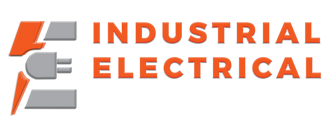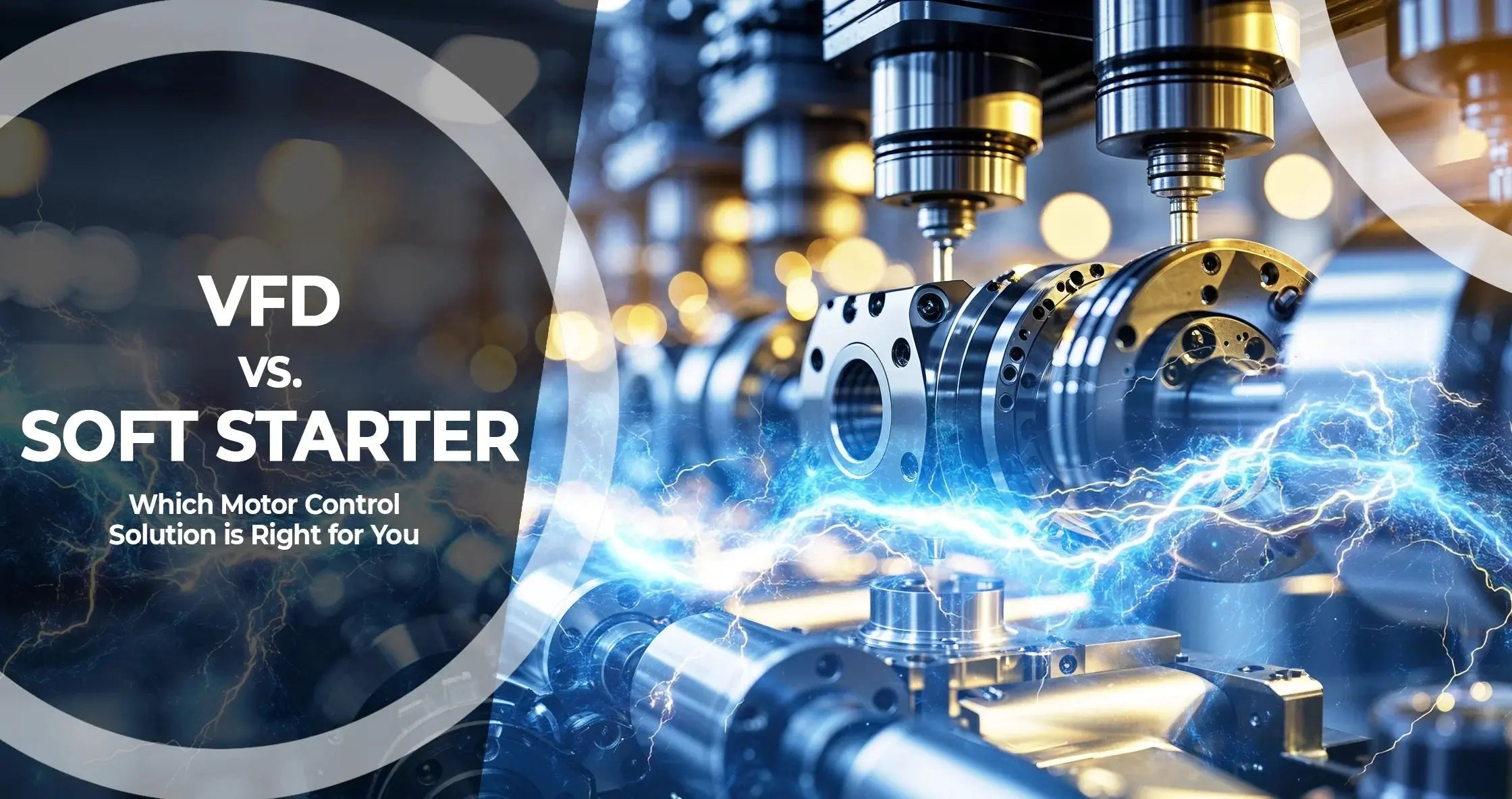When it comes to motor control, choosing between a VFD and a soft starter can significantly impact your system's efficiency and longevity. Understanding the difference between VFD and soft starter is crucial for selecting the right technology for your application.
Introduction to VFD and Soft Starter
VFDs (Variable Frequency Drives) and soft starters are both used to manage motor starting processes, but they serve different purposes and offer unique advantages.
What is a VFD?
A VFD controls the speed and torque of an AC motor by varying the frequency and voltage supplied to the motor. This provides continuous speed control and energy savings by adjusting motor speed according to load requirements.
What is a Soft Starter?
A soft starter limits the inrush current during motor startup by gradually increasing the voltage applied to the motor. It reduces mechanical stress on components and electrical peak demand.
Applications of Soft Starters
Soft starters are ideal for specific applications where full-speed operation is required without the need for speed variation.
Constant Full-Speed Operation
Soft starters are perfect for conveyor belts that run continuously at full speed. They provide gradual controlled starting, reducing shock and tension in mechanical systems.
Low Starting Torque Requirements
Applications with low or medium starting torque benefit from soft starters as they avoid sudden mechanical shocks. Inclined conveyors and lightly loaded systems are examples where soft starters excel.
Advantages of Soft Starters
Soft starters offer several advantages that make them cost-effective solutions for certain applications.
Cost Reduction
Soft starters are generally less expensive than VFDs and require less panel space. Their smaller footprint and fewer internal components lead to lower maintenance costs.
Energy Savings
By reducing the inrush current, soft starters help lower energy bills. Many utilities charge for peak demand loads, and soft starters mitigate these charges effectively.
Applications of VFDs
VFDs are more versatile and suitable for applications requiring dynamic torque control and precise speed adjustments.
Dynamic Torque Control
VFDs are ideal for conveyor systems where speed needs to be maintained regardless of load variations. They offer critical position control through continuous feedback.
High Starting Torque
Conveyor or sortation applications with high starting torque benefit from VFDs. These drives ensure smooth acceleration and deceleration, minimizing mechanical shocks.
Advantages of VFDs
VFDs provide advanced functionalities that enhance operational flexibility and energy efficiency.
Energy Efficiency
- VFDs optimize energy consumption by adjusting motor speed to match load demands.
- They prolong equipment life by allowing variable-speed operation, which reduces wear and tear.
Precision Control
VFDs address voltage dips and improve motor acceleration, change of speed, and deceleration. This ensures smoother operations and better process outcomes.
Conclusion
Selecting between a VFD and a soft starter depends on your specific application needs. If your application requires constant-speed operation and cost-effectiveness, a soft starter may be the best choice. However, if you need dynamic torque control, speed adjustments, and energy savings, a VFD is the superior option. For more information, explore our product collections for VFDs and soft starters.

FAQ
Here are some common questions about VFDs and soft starters:
Which is More Cost-Effective?
Soft starters are typically more cost-effective upfront but lack the long-term energy savings of VFDs.
Can a Soft Starter Replace a VFD?
No, a soft starter cannot replace a VFD if speed control is necessary. Soft starters only manage startup and stopping phases.
Do VFDs Save Energy?
Yes, VFDs save energy by adjusting motor speed to match load requirements, leading to significant energy savings in variable-load applications.

